Retinol Creams: Patch Testing Guide
Welcome to our comprehensive guide on retinol creams and the importance of patch testing. This blog aims to provide in-depth information for anyone looking to incorporate retinol into their skincare regimen. Retinol, a derivative of Vitamin A, is celebrated for its anti-aging and skin-renewing properties. However, its potent nature calls for a cautious approach, especially for first-time users. Patch testing is a simple yet crucial step to ensure your skin's compatibility with retinol products. Let's dive in!
What is Retinol and Its Benefits for Skin

Retinol is a form of Vitamin A, widely regarded as a powerhouse in the world of skincare. It's known for its ability to accelerate skin renewal, enhance collagen production, and reduce the appearance of fine lines, wrinkles, and hyperpigmentation. Regular use of retinol can lead to smoother, clearer, and more youthful-looking skin. However, its strength also means it can be irritating to some skin types, making patch testing an essential step.
Understanding the Need for Patch Testing

Patch testing is a method used to determine how your skin will react to a new skincare product. It's particularly important for retinol creams due to their high potency. Patch testing helps to minimize potential adverse reactions such as redness, irritation, or allergic responses. This step is crucial not only for those with sensitive skin but for anyone trying a retinol product for the first time.
How to Perform a Patch Test with Retinol Creams
- Choose the Right Area: The best places for a patch test are behind the ear or on the inner forearm. These areas are discreet yet react similarly to facial skin.
- Clean the Area: Wash the selected area with mild soap and water, then pat it dry.
- Apply a Small Amount: Use a pea-sized amount of the retinol cream and apply it to the area.
- Wait and Observe: Leave the cream on for 24 hours, avoiding washing the area. Monitor for any signs of redness, itching, burning, or swelling.
- Evaluate the Results: If you experience any severe reactions, wash the area immediately and discontinue use. No reaction indicates that the product is likely safe for use.
What to Do After a Successful Patch Test

If your patch test is successful, you can start incorporating the retinol cream into your skincare routine. Begin by using it once or twice a week, gradually increasing frequency as your skin builds tolerance. Always use sunscreen during the day, as retinol can increase your skin's sensitivity to the sun.
Tips for Using Retinol Creams Safely
- Start Low and Go Slow: Begin with a lower concentration of retinol and gradually increase as your skin adapts.
- Combine with Moisturizers: Applying a moisturizer can help mitigate irritation.
Common Myths and Misconceptions About Retinol
- Myth 1: More Is Better - Using too much retinol can increase irritation without providing additional benefits.
- Myth 2: Instant Results - Retinol takes time to show results; patience is key.
- Myth 3: Not Suitable for Dry Skin - Retinol can be used by all skin types when applied correctly.
Conclusion: The Importance of Patch Testing for Retinol Creams
In conclusion, patch testing is a simple but vital step in introducing retinol into your skincare routine. It ensures safety and effectiveness, helping you achieve the desired results without compromising your skin's health. Remember, skincare is a journey, and patience is essential. Embrace the process and enjoy the transformation!


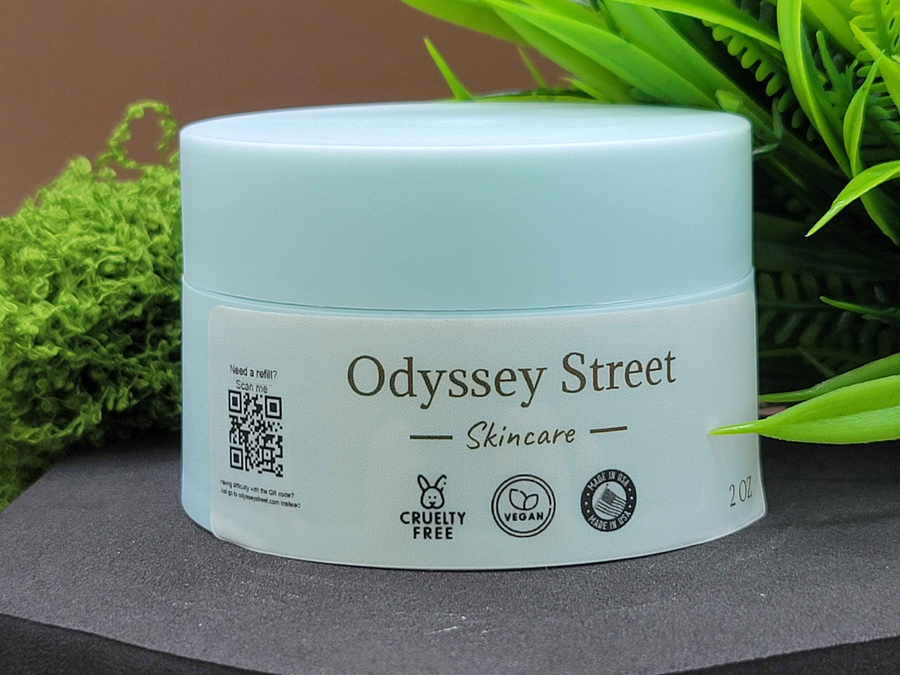
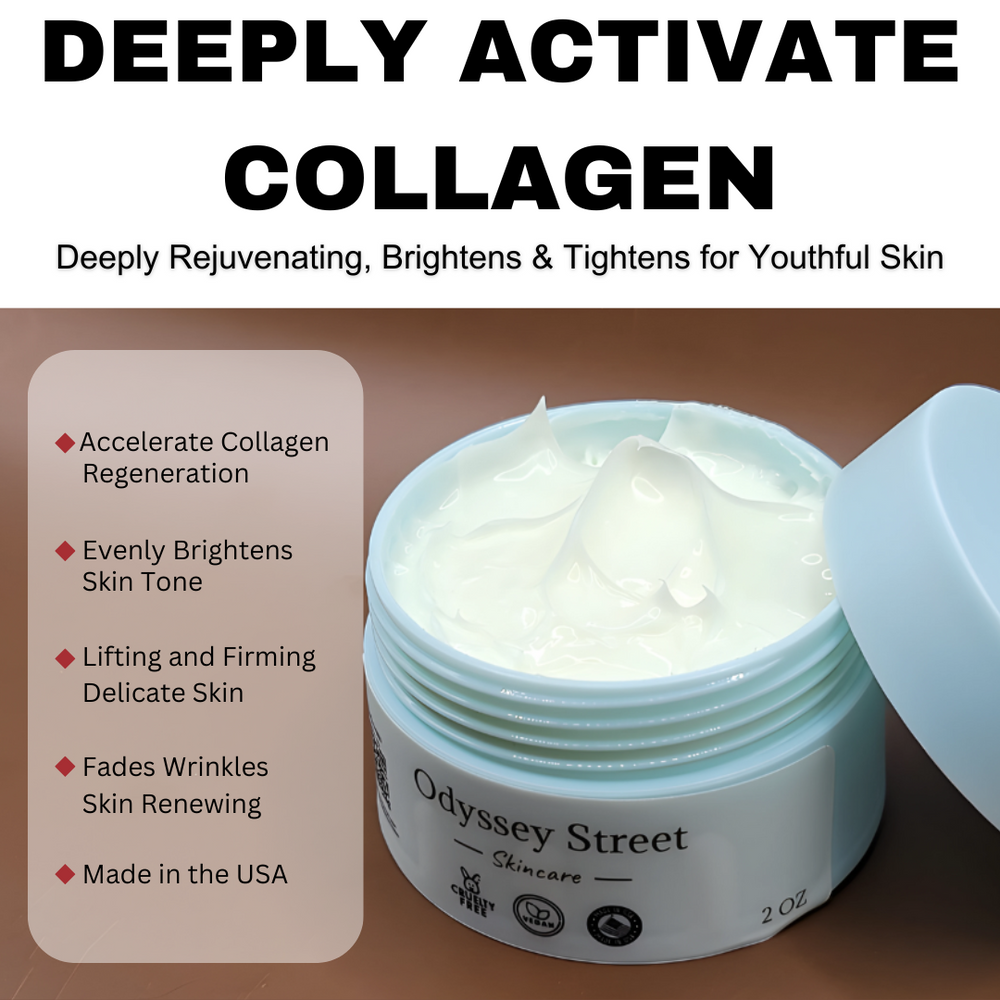




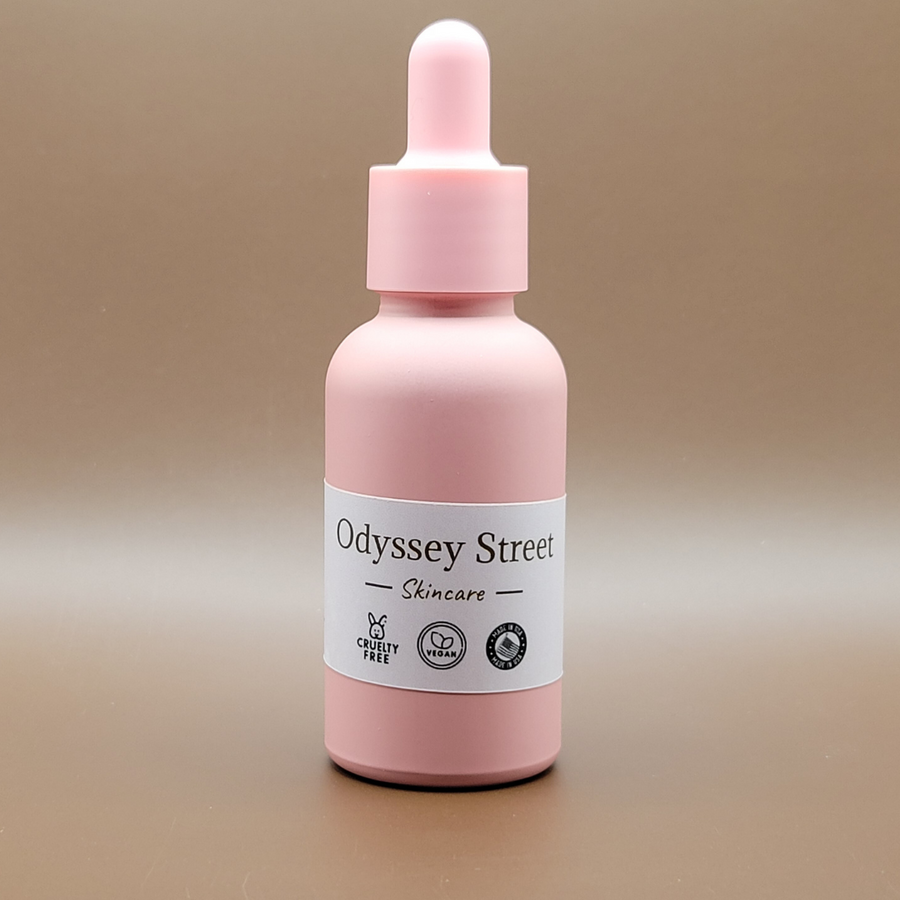
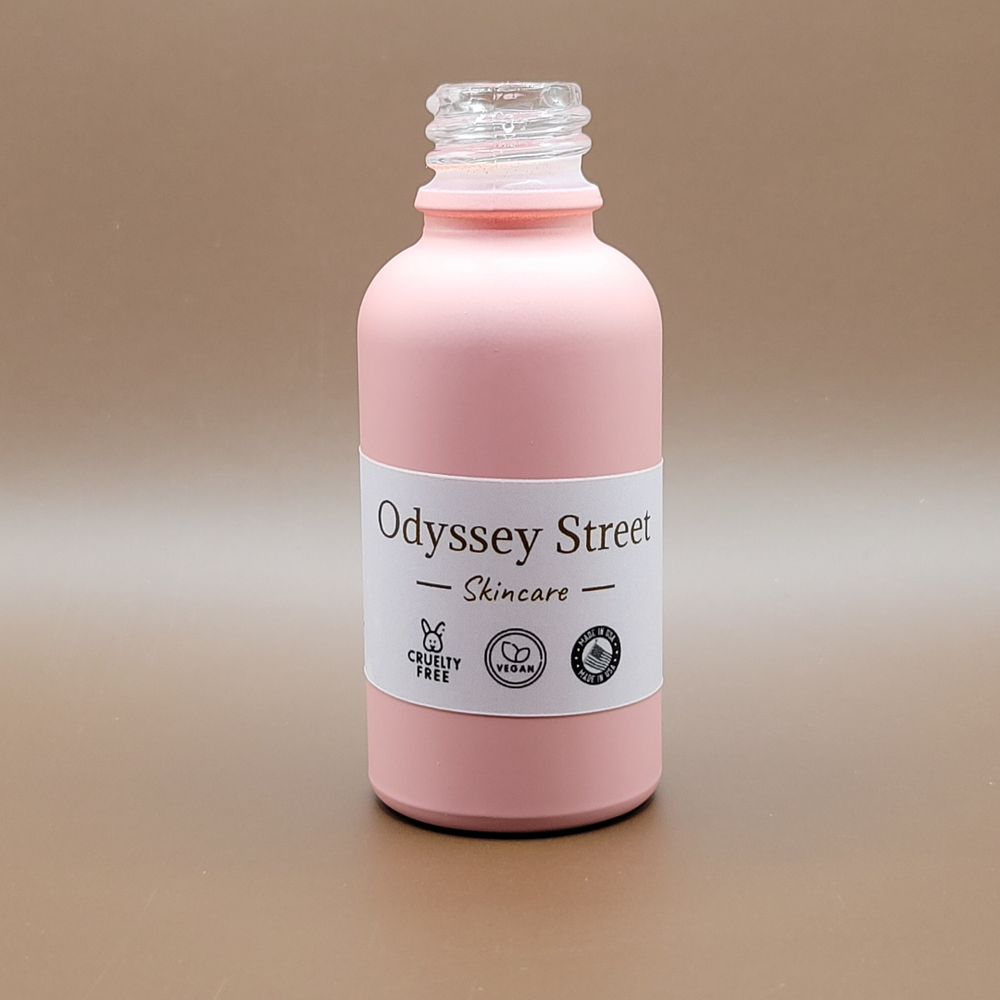
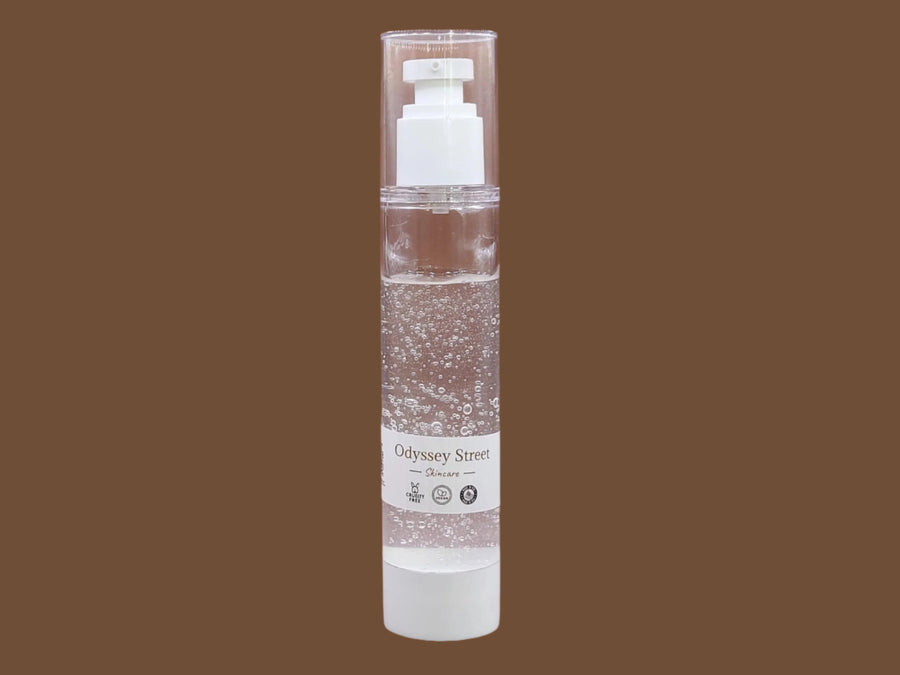
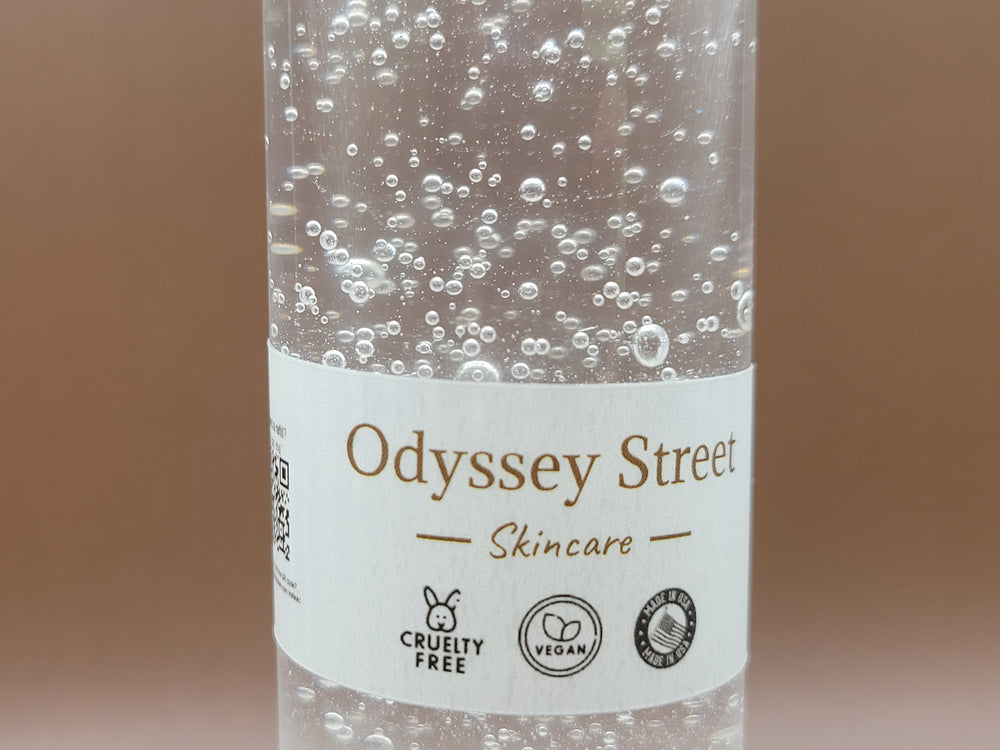

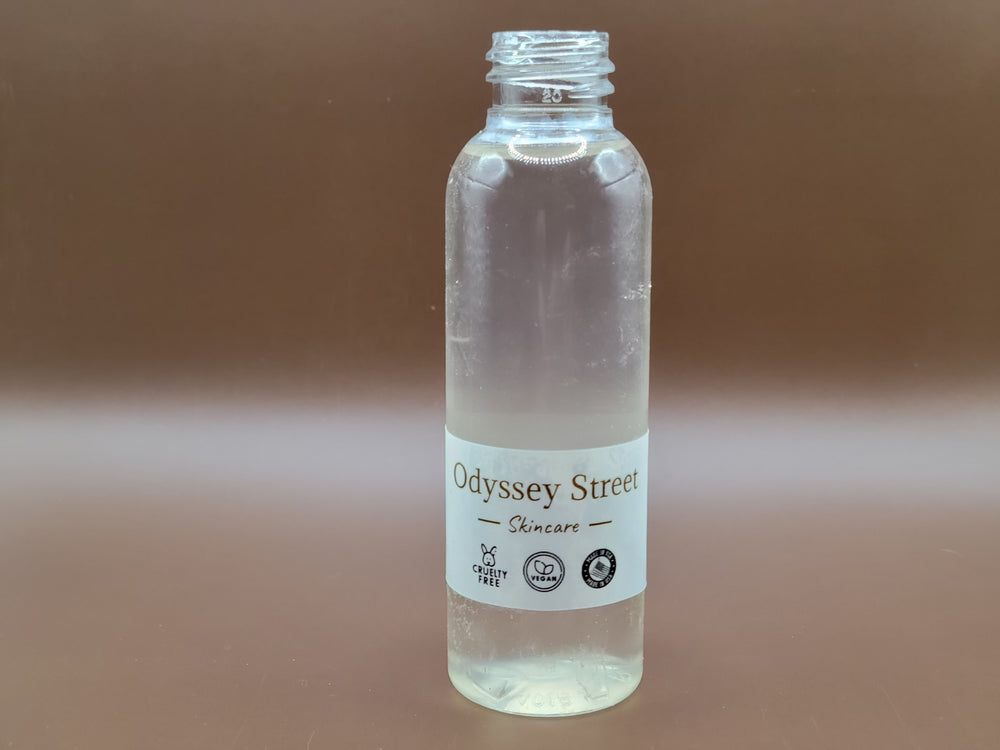

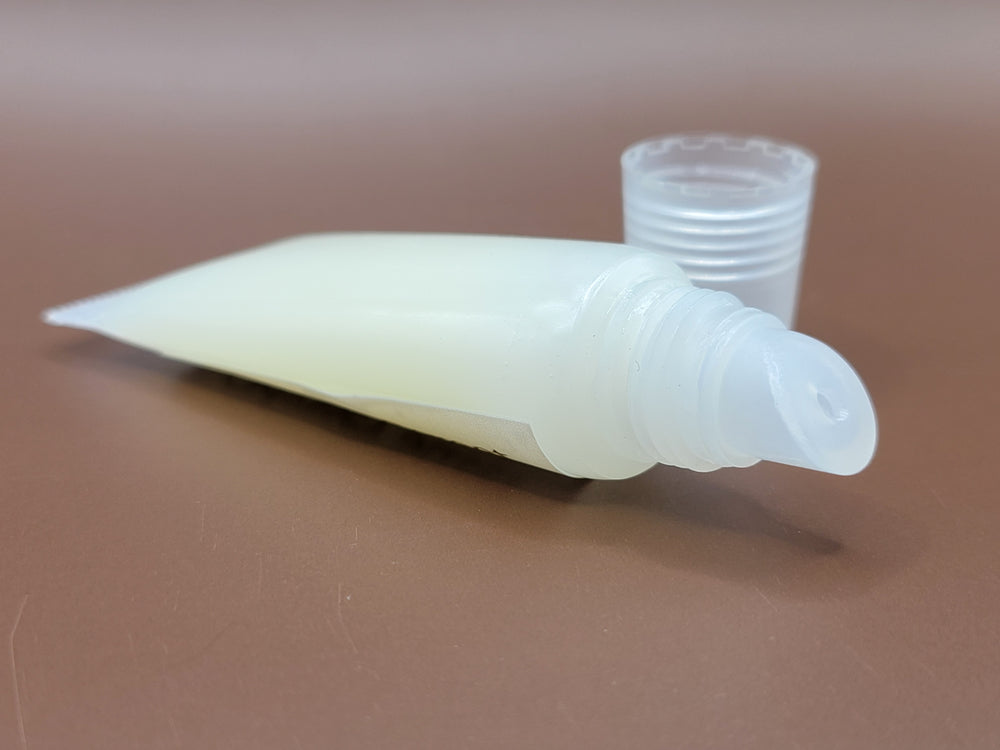
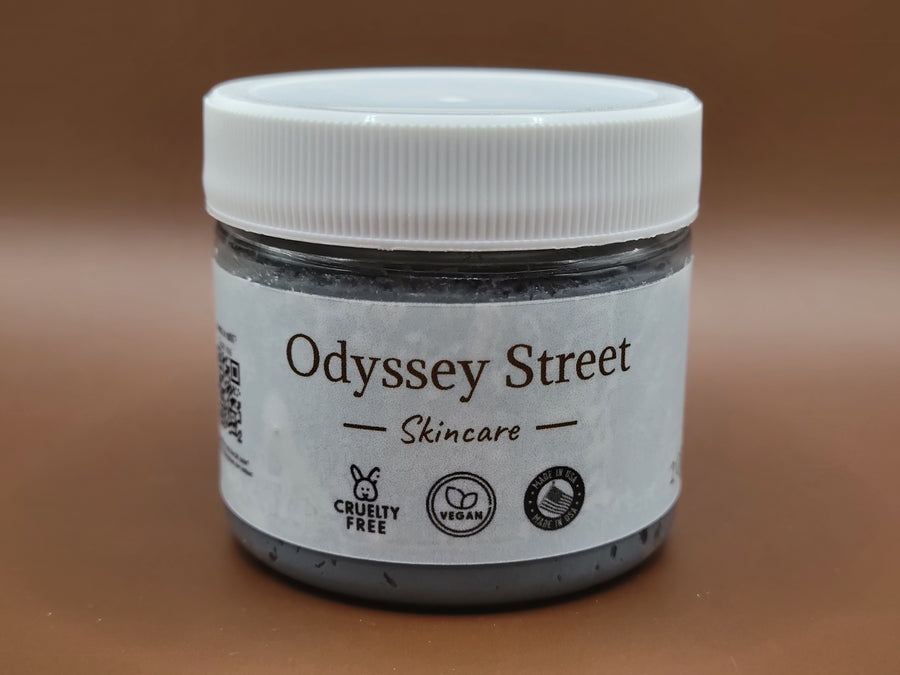
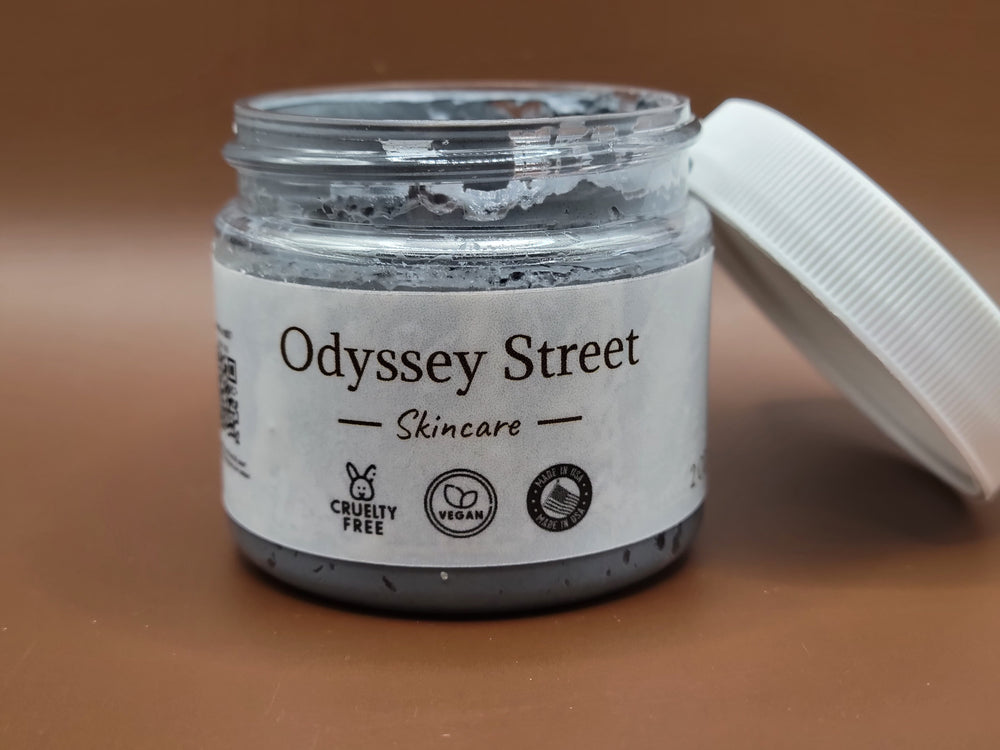
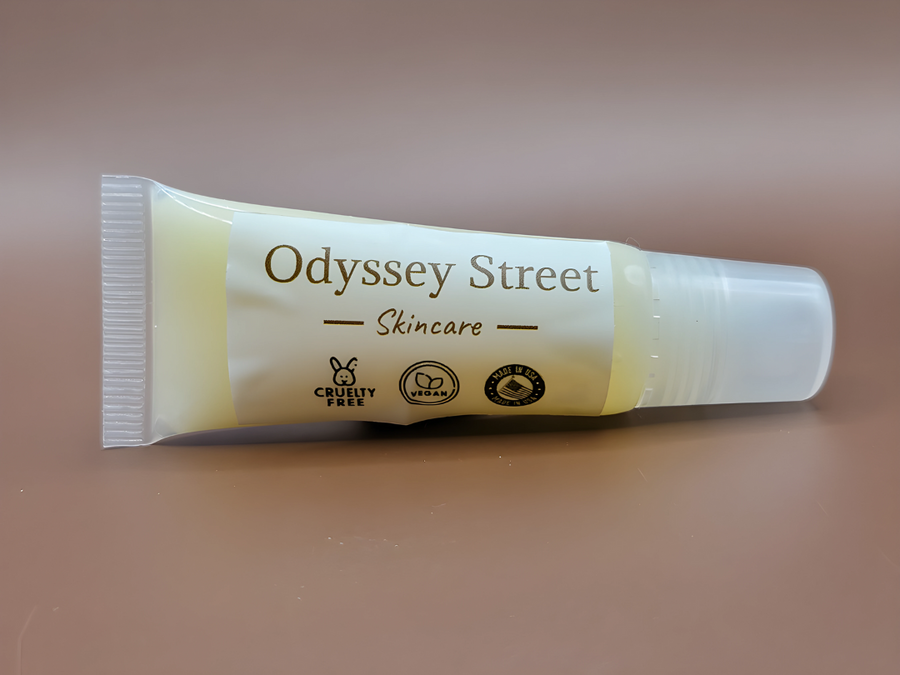
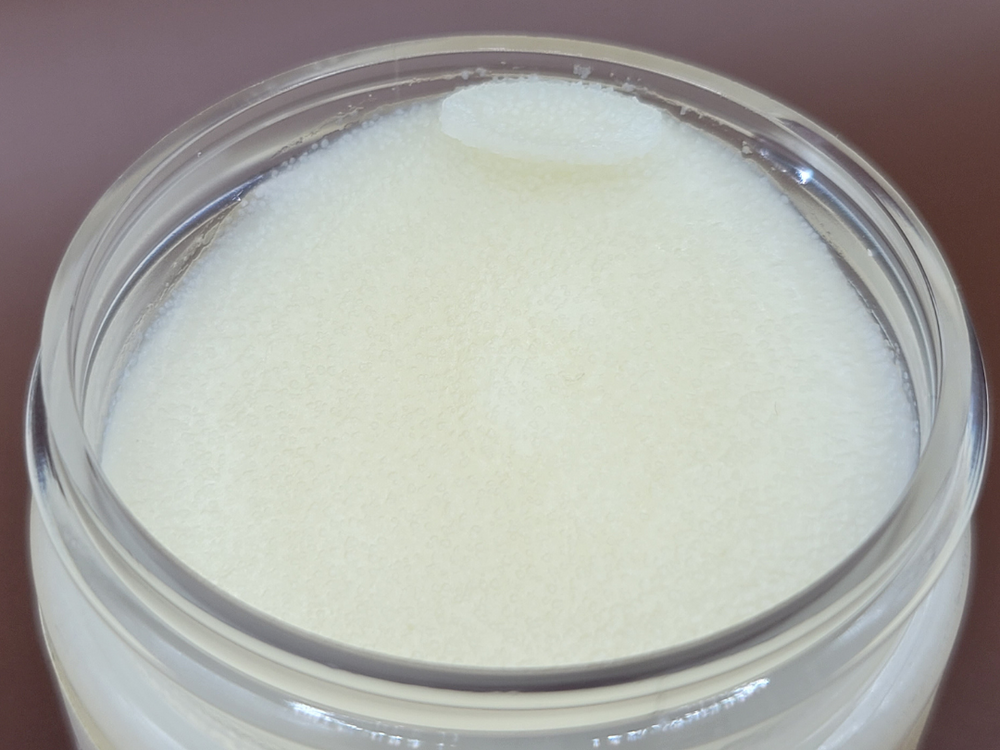
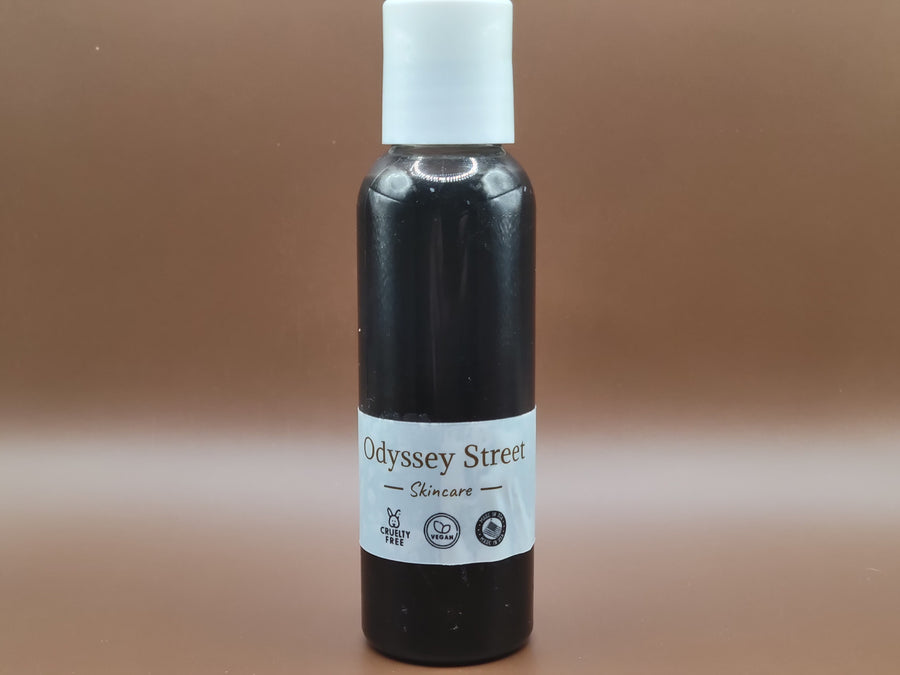
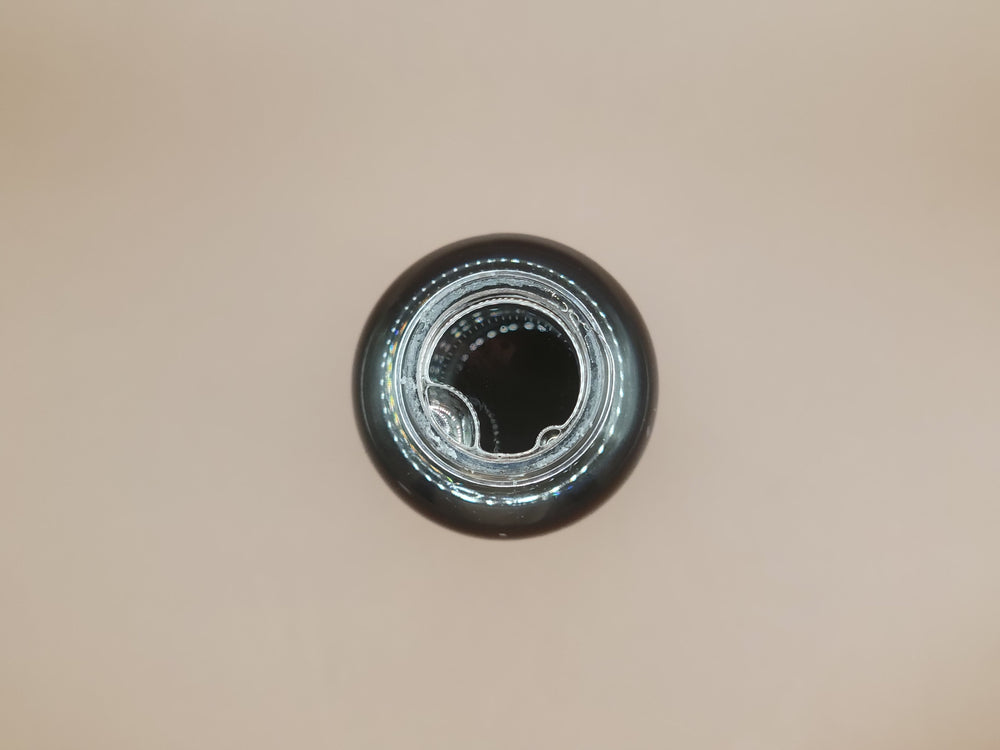
Leave a comment